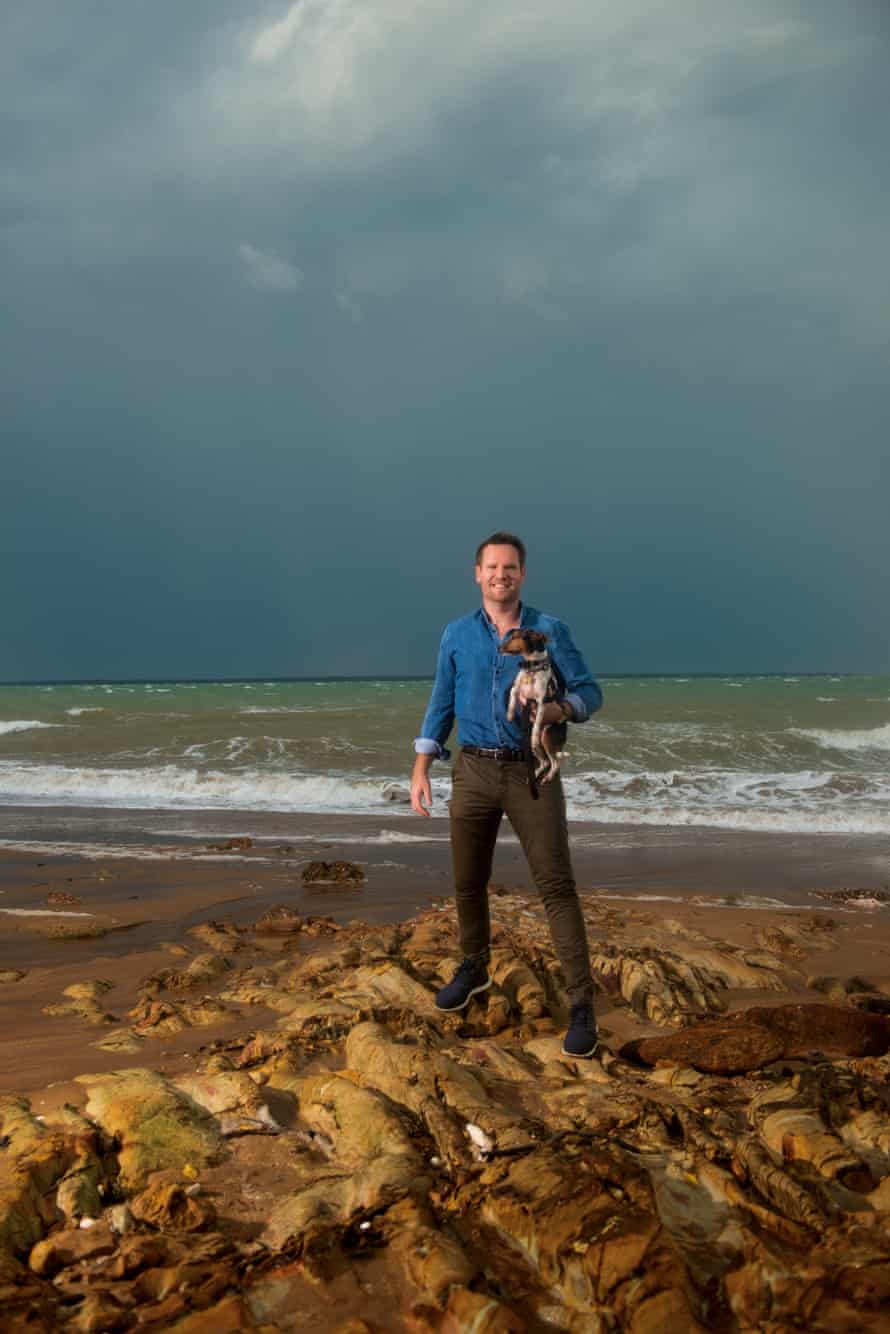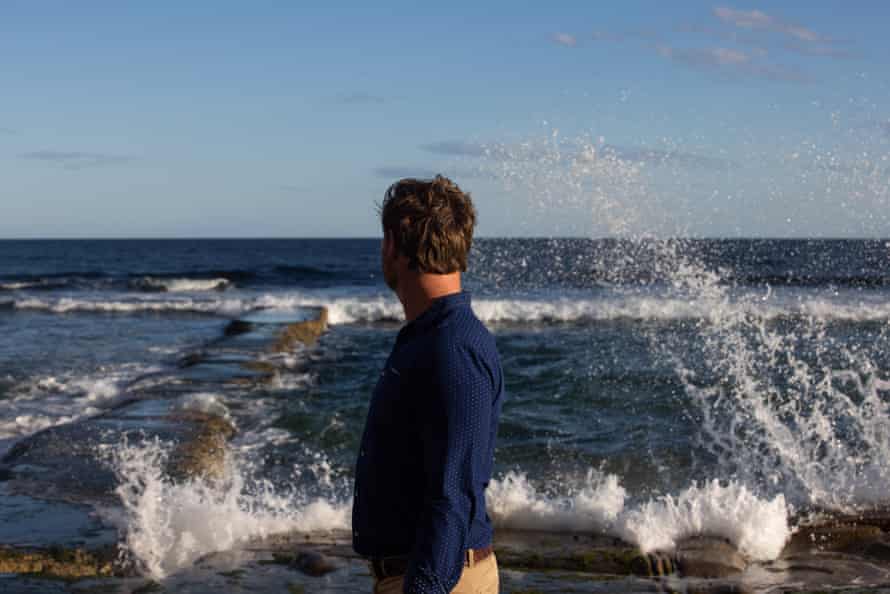April fool’s day 2015 was just another routine day for us. Late that afternoon, I parked the car above Dripstone Cliffs and headed towards Casuarina Beach.
Even though you can’t swim in the Northern Territory’s coastal seas, because of crocodiles and stingers, I loved the beaches, and would run with my Tenterfield terrier, Finn, most evenings.
Before letting Finn off his lead, I checked the water for crocs. You can’t be too complacent; dogs have previously been a croc’s dinner here. This was my main concern that evening. Not the approaching storm, or getting wet. Storms usually pass as quickly as they come.
I remember the storm clouds rolling in, some thunder and lightning from behind us. It didn’t stand out as potentially life-threatening.
The remainder was like playing in a rugby game, where you remember running on to the field, then waking up concussed, knowing nothing of the game’s final score.
I worked as a general paediatrician at Royal Darwin hospital. I woke up there, surrounded by fellow doctors and repeatedly asked them, “Where am I? What happened? Did lightning strike me?”
During my night in ICU, I dreamed of being on the beach with Finn, feeling exposed, vulnerable and a bright flash. I don’t recall any other specifics. Thankfully, Finn was safe. He was off his lead and further down the beach.

Over the following weeks, others relayed their recollections. Lots of people were on the beach that night. They saw the flash. Some even felt the ground shudder. They saw me fall and try to get up before collapsing.
A medical doctor was running directly behind me. Her quick attendance saved my life. I was resuscitated on the beach before being taken to emergency by ambulance.
Besides my physical signs of a burnt lip and mouth abrasions, they’d picked up a heart arrhythmia and immediately performed CPR.
A week later, I broke out in a wide-spread rash – a delayed reaction to the strike. It looked terrible and was extremely uncomfortable. The doctors and I struggled to find an exact cause. It was either a post-lightning phenomenon, where the lightning strike rattles the bacteria on your skin and you become more susceptible to irritation, or a delayed reaction and an overwhelming stress response to the strike.
While it took a few days to settle down, I haven’t had any issues since.
Although I only spent a night in ICU, a series of cognitive tests were undertaken with a neuropsychologist, monitoring my heart and brain to ensure there were no lingering effects.
I resumed work six weeks later after the tests returned satisfactory results.

In 2020, I moved to John Hunter Children’s hospital in Newcastle. I grew up in South Africa, and after uni, I applied for jobs in Australia principally because I wanted to enjoy its renowned beaches and surf.
Today, Amalia, my three-year-old daughter, and beach activities occupy every spare minute of my time outside work.
While I know I’m extremely lucky to be alive; I’m still living the Aussie dream. I don’t have any fear or anxiety about storms, because I don’t remember being struck.
They also say lightning never strikes twice. I haven’t stopped running on beaches, or in storms.
It hasn’t changed my lifestyle, but it has made me assess my life and what’s important. I don’t take anything for granted these days.
Post a Comment